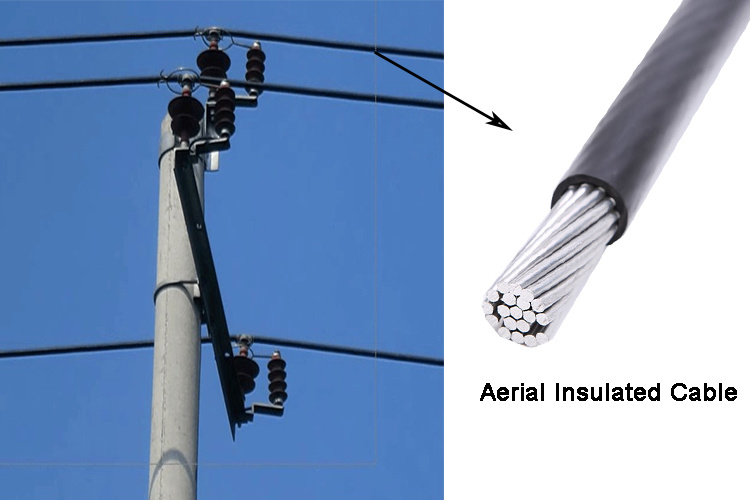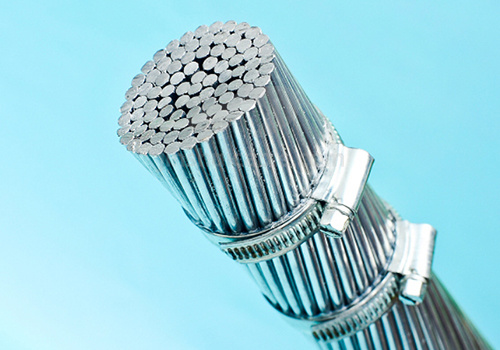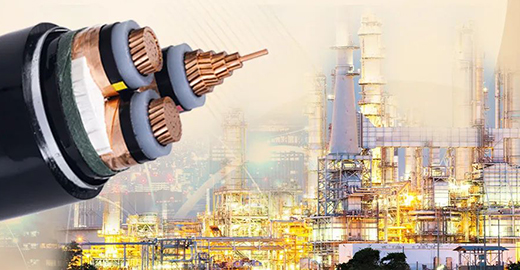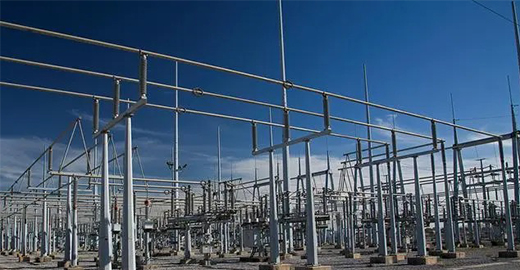The power system is a system that transmits electric energy from power plants to various power consumption units, among which overhead insulated lines are a widely used power transmission method. Overhead lines consist of high-voltage conductors and poles, and are used to transmit high-voltage electrical energy. This article will introduce the composition, working principle, characteristics and application fields of overhead lines in detail.

The composition of overhead lines
1. High-voltage conductors: High-voltage conductors are the main components of overhead lines, and they are the medium that transports electrical energy from power stations to power consumers. High-voltage wires are usually made of metal materials such as aluminum, steel, and copper, and their cross-sectional area determines the power transmission capacity of the wire. The insulation of the wires is usually made of plastic or rubber material to prevent current leakage or shorting of the wires.
2. Pole: The pole is the infrastructure supporting high-voltage wires, usually made of wood, concrete or steel. The height and number of poles are designed and selected according to the voltage level of the conductor and the transmission distance. Install insulators and fittings on the pole to ensure the insulation and fixation between the high-voltage wire and the pole.
The working principle of overhead lines
Overhead lines transport electrical energy from power stations to substations or user units through high-voltage conductors. High-voltage current passes through wires and poles, forming an electric field that transmits electrical energy to its destination. During transmission, due to the characteristics of high-voltage current, high-voltage wires will generate a certain electromagnetic field, which may have an impact on the surrounding environment. Therefore, during the design and construction of overhead lines, measures need to be taken to reduce the impact of electromagnetic radiation on the surrounding environment.
Characteristics of overhead lines
1. Strong power transmission capacity: the overhead line has strong power transmission capacity, which can meet the transmission needs of high-voltage and high-power electric energy.
2. Easy installation and maintenance: Compared with underground cables, the installation and maintenance of overhead lines are simpler and more convenient.
3. Low cost: The construction and maintenance costs of overhead lines are relatively low, which can reduce the construction and operation costs of power grids.
4. Highly affected by the environment: Since high-voltage wires will generate certain electromagnetic radiation, the overhead line needs to pay attention to environmental protection during construction and operation.

Application fields of overhead lines
Overhead lines are widely used in power systems, including the following aspects:
1. Power transmission: Overhead lines are one of the commonly used power transmission methods in power systems, and overhead bare wires are the best choice for transmitting high-voltage, high-power electric energy, which can meet the power needs of cities and rural areas.
2. Power distribution: In urban and rural areas, overhead lines can be used in the construction of power distribution systems to provide reliable power supply for various electrical equipment.
3. Power grid upgrade: With the upgrading and transformation of the power system, the old cable lines often need to be replaced with overhead insulated lines to improve power transmission efficiency and reliability.
4. Emergency power supply: In the event of natural disasters or power system failures, overhead lines can quickly restore power supply and provide temporary power supply for disaster-stricken areas and users.
In short, as a common power transmission method in power systems, overhead lines have the advantages of strong power transmission capacity, easy installation and maintenance, and low cost, and can be applied to urban and rural power systems. During use, it is necessary to pay attention to environmental protection and take measures to reduce the impact of electromagnetic radiation on the surrounding environment to ensure the safe and reliable operation of overhead lines.
Get A Free Quote

Flame-retardant cables are resistant to high temperatures and are not easy to burn, which can effectively prevent the spread of fire.

Jinshui Wire & Cable Group will participate in the Kenya Power and Energy Exhibition from June 26 to June 28, 2024.

Cables and overhead cables need to be selected according to their specific application scenarios.
Submit Request
PDF Request